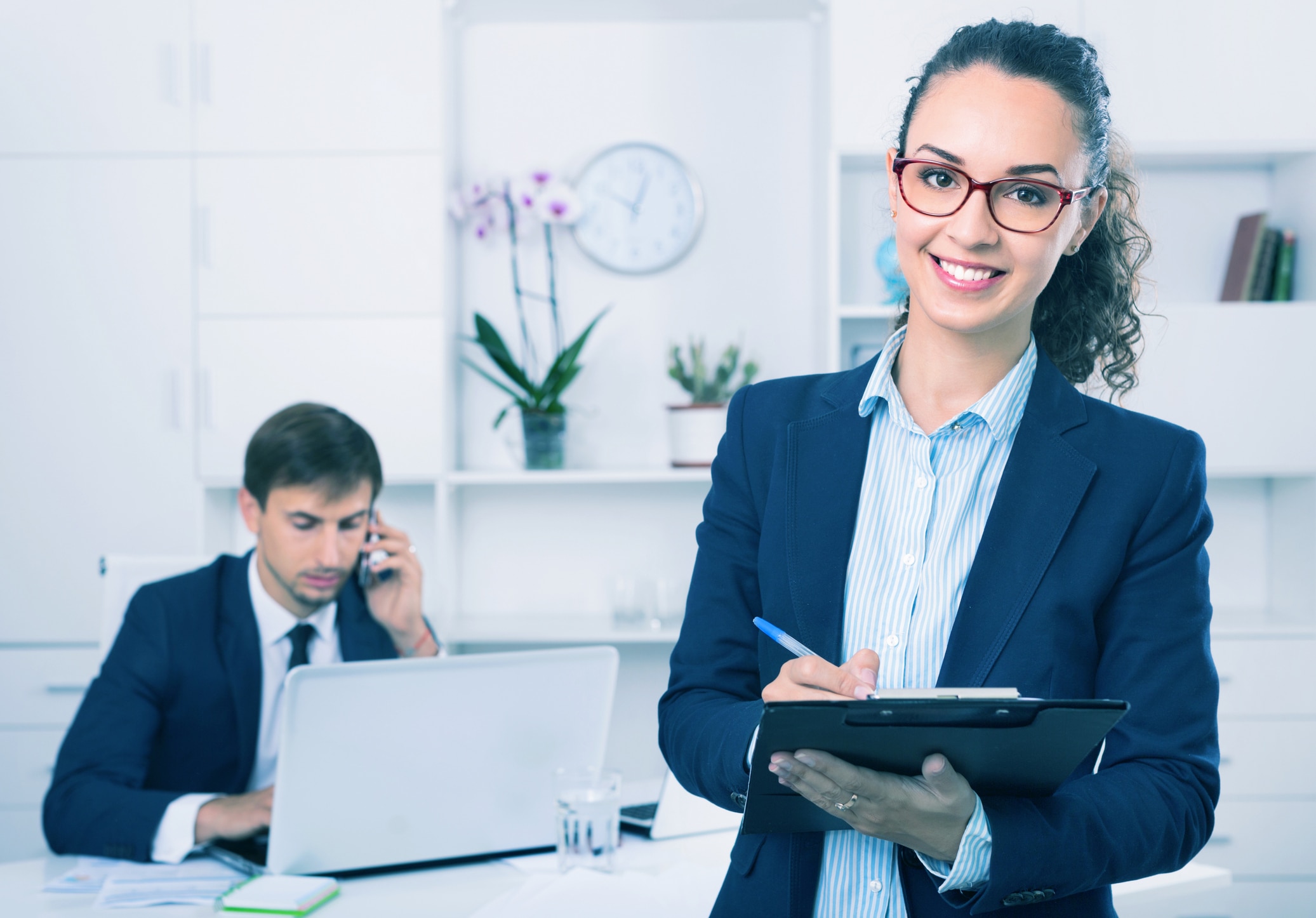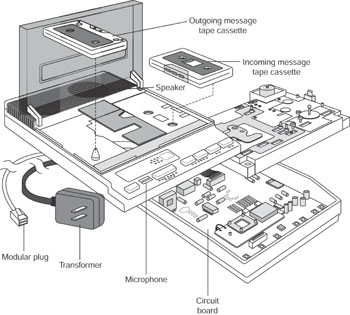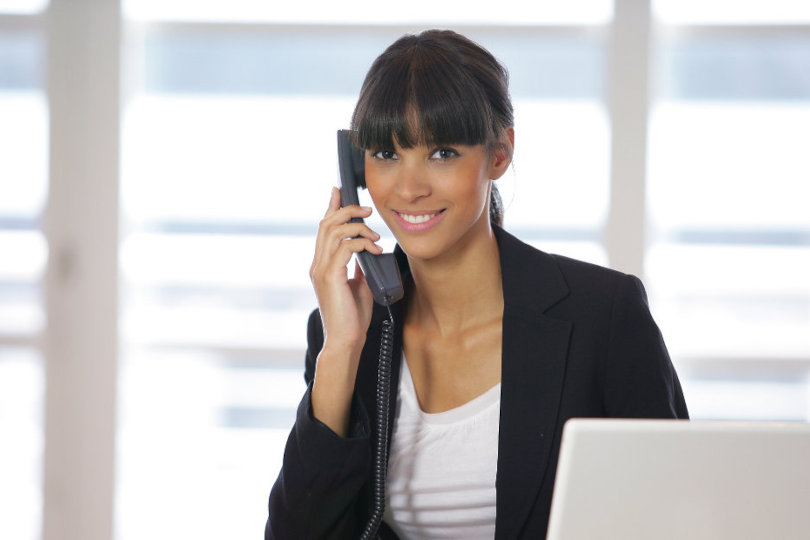All Categories
Featured
Table of Contents
- – Who Is The Best Telephone Answering Service Mel...
- – What Is The Best Phone Call Answering Service ...
- – What Is The Best What Is An Answering Service?...
- – What Is The Best What Is An Answering Service...
- – What Is The Best What Is An Answering Service...
- – Who Is The Best Melbourne Telephone Answerin...
Who Is The Best Telephone Answering Service Melbourne Cbd Australia Provider In My Area
This device and its successors were created by Sava Jacobson, an electrical engineer with a personal consulting business. While early voice mail used magnetic tape technology, the majority of contemporary equipment utilizes solid state memory storage; some gadgets utilize a combination of both, with a solid-state circuit for the outbound message and a cassette for the inbound messages.
"toll saving" listed below) (phone answering). This is helpful if the owner is screening calls and does not want to speak to all callers. In any case after going, the calling celebration ought to be informed about the call having actually been answered (most of the times this starts the charging), either by some remark of the operator, or by some welcoming message of the little, or addressed to non-human callers (e.
This holds especially for the TADs with digitally saved welcoming messages or for earlier makers (prior to the rise of microcassettes) with an unique unlimited loop tape, separate from a second cassette, devoted to recording. There have actually been answer-only gadgets with no recording capabilities, where the welcoming message needed to notify callers of a state of existing unattainability, or e (virtual telephone answering service).
What Is The Best Phone Call Answering Service For The Price

about accessibility hours. In tape-recording Littles the greeting usually includes an invite to leave a message "after the beep". An answering device that uses a microcassette to record messages On a dual-cassette answerphone, there is an outbound cassette, which after the specified number of rings plays a pre-recorded message to the caller.

Single-cassette voice mail contain the outgoing message at the beginning of the tape and incoming messages on the staying space. They first play the announcement, then fast-forward to the next readily available area for recording, then tape the caller's message. If there are numerous previous messages, fast-forwarding through them can trigger a considerable hold-up.
This beep is typically referred to in the welcoming message, asking for that the caller leave a message "after the beep". Littles with digital storage for the tape-recorded messages do not show this delay, naturally. A little might use a remote control center, where the answerphone owner can call the house number and, by going into a code on the remote telephone's keypad, can listen to tape-recorded messages, or erase them, even when far from home.
What Is The Best What Is An Answering Service? The Ultimate Guide - Cms For Me

Thereby the device increases the number of rings after which it addresses the call (usually by 2, resulting in 4 rings), if no unread messages are currently stored, but answers after the set variety of rings (typically two) if there are unread messages. This permits the owner to discover out whether there are messages waiting; if there are none, the owner can hang up the phone on the, e.
Some devices also enable themselves to be remotely activated, if they have been switched off, by calling and letting the phone ring a specific large number of times (typically 10-15). Some service companies abandon calls already after a smaller number of rings, making remote activation impossible. In the early days of TADs a special transmitter for DTMF tones (dual-tone multi-frequency signalling) was regionally needed for remote control, given that the previously used pulse dialling is not apt to communicate appropriate signalling along an active connection, and the dual-tone multi-frequency signalling was executed step-by-step.
Any incoming call is not identifiable with respect to these homes in advance of going "off hook" by the terminal devices. So after going off hook the calls should be switched to appropriate devices and only the voice-type is immediately available to a human, however possibly, however must be routed to a LITTLE (e.
What Is The Best What Is An Answering Service? Deal
What if I informed you that you do not need to really choose up your device when answering a customer call? Another person will. So practical, right? Answering phone calls doesn't require somebody to be on the other end of the line. Effective automated phone systems can do the trick just as effectively as a live agent and in some cases even better.
An automatic answering service or interactive voice action system is a phone system that interacts with callers without a live person on the line - virtual call answering service. When companies use this technology, clients can get the answer to a question about your service simply by utilizing interactions set up on a pre-programmed call circulation.
Although live operators upgrade the consumer service experience, many calls do not need human interaction. A simple recorded message or guidelines on how a consumer can obtain a piece of info usually solves a caller's instant need - reception services. Automated answering services are a basic and effective method to direct incoming calls to the right individual.
What Is The Best What Is An Answering Service? The Ultimate Guide - Cms And Why
Notification that when you call a business, either for support or item questions, the first thing you will hear is a pre-recorded voice welcoming and a series of alternatives like press 1 for customer support, press 2 for queries, and so on. The pre-recorded options branch off to other options depending upon the consumer's selection.
The phone tree system helps direct callers to the ideal person or department using the keypad on a cellphone. In some circumstances, callers can utilize their voices. It deserves keeping in mind that auto-attendant options aren't limited to the 10 numbers on a phone's keypad. Once the caller has picked their first alternative, you can design a multi-level auto-attendant that utilizes sub-menus to direct the caller to the ideal kind of help.
The caller does not need to communicate with a person if the auto-attendant phone system can handle their concern. The automated service can path callers to a worker if they reach a "dead end" and need support from a live agent. It is pricey to work with an operator or executive assistant.
Who Is The Best Melbourne Telephone Answering Service : Virtual Reception Service?
Automated answering services, on the other hand, are considerably cheaper and provide substantial cost savings at an average of $200-$420/month. Even if you don't have actually committed personnel to deal with call routing and management, an automated answering service improves performance by allowing your team to focus on their strengths so they can more effectively spend their time on the phone.
A sales lead routed to customer support is a lost shot. If a customer who has item questions reaches the incorrect department or gets incomplete responses from well-meaning employees who are less trained to manage a particular kind of question, it can be a cause of aggravation and frustration. An automatic answering system can decrease the variety of misrouted calls, therefore assisting your employees make better use of their phone time while maximizing time in their calendar for other jobs.
With Automated Answering Systems, you can create a customized experience for both your staff and your callers. Make a recording of your primary greeting, and just upgrade it regularly to show what is going on in your organization. You can develop as lots of departments or menu options as you want.
Table of Contents
- – Who Is The Best Telephone Answering Service Mel...
- – What Is The Best Phone Call Answering Service ...
- – What Is The Best What Is An Answering Service?...
- – What Is The Best What Is An Answering Service...
- – What Is The Best What Is An Answering Service...
- – Who Is The Best Melbourne Telephone Answerin...
Latest Posts
Business Answering Service ( TAS)
Fast Custom Phone Answering
Best Business Answering Service Near Me ( Geelong)
More
Latest Posts
Business Answering Service ( TAS)
Fast Custom Phone Answering
Best Business Answering Service Near Me ( Geelong)